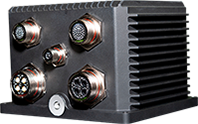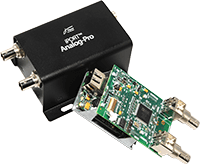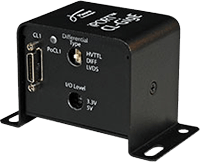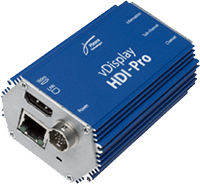Networking and Cost Advantages for Military Vetronics
Military local situational awareness (LSA) and C4ISR systems have traditionally used point-to-point interfaces to connect video sources, sensors, processors, and displays. This approach adds system and integration costs, redundancy concerns, and challenges future scalability. More critically, it results in complex, difficult to operate systems for an already overburdened end-user.
Emerging technologies, and standards guiding vehicle electronics (vetronics) system requirements, help designers overcome these performance and costs standards by placing sensor data from multiple sources on an integrated Gigabit Ethernet (GigE) infrastructure. GigE is a natural choice for video transmission; allowing designers to support required point-to-point performance while gaining networking flexibility, the ability to interwork with different computing platforms, while leveraging commercial-off-the-shelf (COTS) technologies.
In an LSA application, video from legacy cameras is converted to an uncompressed GigE video stream by Pleora external frame grabbers and multicast over the Ethernet network to displays and processing equipment at various points within the vehicle. By adopting the GigE Vision standard for video distribution, designers meet video performance requirements outlined in Def Stan 00-082 (VIVOE), STANAG 4697 (PLEVID), and MISB ST 1608 to enable to design of vehicle electronics platforms that comply with STANAG 4754 (NGVA), Def Stan 23-009 (GVA), and VICTORY guidelines. For more, read our whitepaper on Local Situational Awareness Design and Military and Machine Vision Standards.
Video, control data, and power are transmitted over the single cable; lowering component costs, simplifying installation and maintenance, and reducing cable clutter and weight in the vehicle. All computers used for processing and mission control connect to the network via their standard Ethernet port, eliminating the need for a computing platform with an available peripheral card slot. Instead, designers can employ ruggedized laptops, embedded PCs, or single-board computers for image analysis and control to help lower costs, improve reliability, and meet size, weight, and power (SWaP) objectives,while easily adding advanced capabilities to reduce cognitive burden and increase mission effectiveness for end-users.
With all devices connected to a common infrastructure and straightforward network switching, video can be transmitted to any combination of mission computers and displays. Troops can decide which video streams they need to see, without changing cabling or software configurations, or use the on-board mission computer to combine images for use by others in the vehicle.
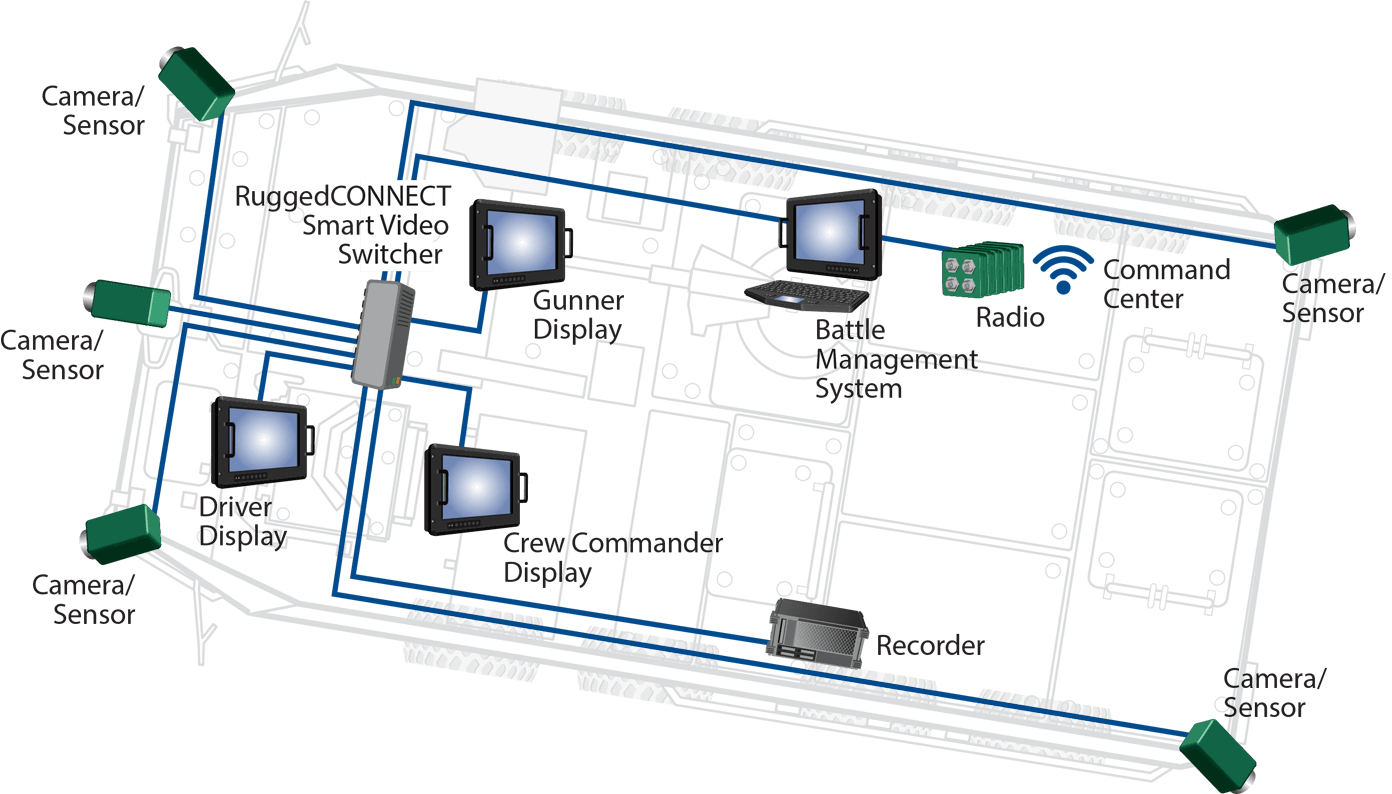
Unique Advantages
- Supports SWaP and COTS objectives
- Meet performance requirements for Def Stan 00-082 (VIVOE), STANAG 4697 (PLEVID), and MISB ST 1608 to comply with STANAG 4754 (NGVA), Def Stan 23-009 (GVA), and VICTORY guidelines
- Simplified cabling
- Computing platform choice
- Straightforward networking, multicasting, and video sharing/archiving
- Scalable

